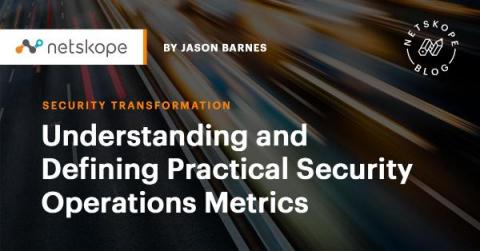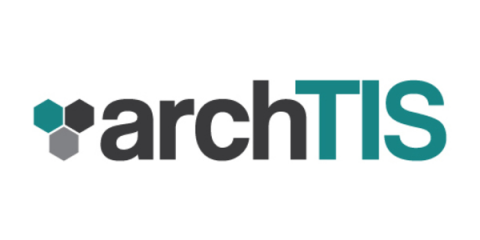How To Set A Benchmark Of False Positives With SAST Tools
Many Static Application Security Testing (SAST) tools struggle with false positives. They often report that a vulnerability is present, while, in reality, it does not exist. This inaccuracy weighs down the engineering team, as they spend productive hours triaging the false alarms. By setting a benchmark of false positives — a limit, above which is unacceptable — you can establish a point of reference or standard against which to measure the efficacy of your SAST tool.











